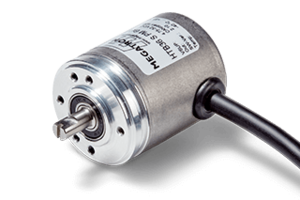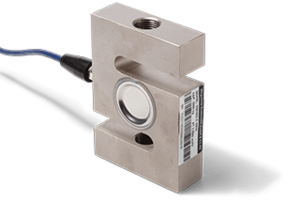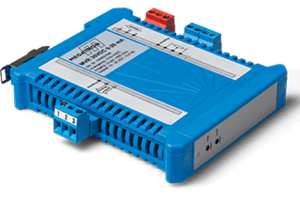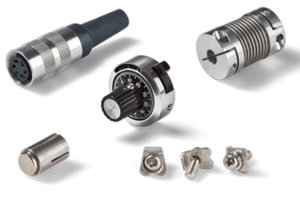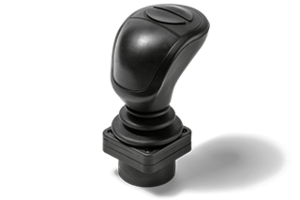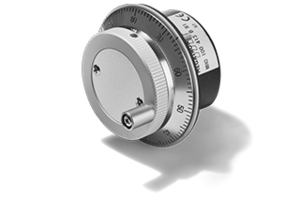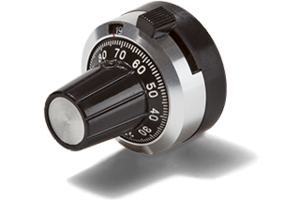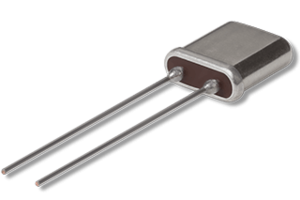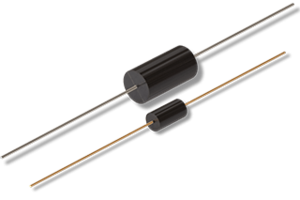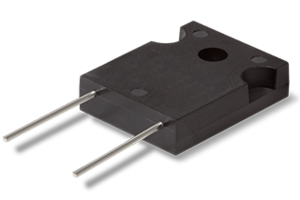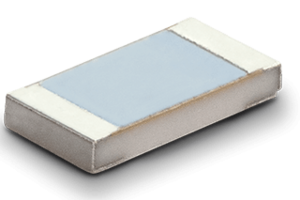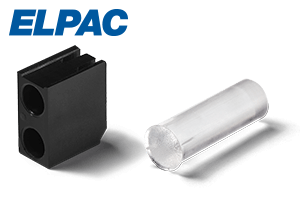Shunts
Shunt resistors for precise measurement of high currents
Guide for Shunts
Index
Shunt resistor - What is that?
High electrical power - apart from the use of high voltage - can only be achieved with high electrical currents. However, high currents cannot easily be measured with standard ampere meters, as these usually stop at a few amperes. A way must therefore be found to ensure that the majority of the heat-generating current does not flow through the meter, but is routed past it. The easiest way to do this is to use a parallel connection where the parameters of the branch are known very precisely. Shunt means "derivation, branch" and is also used as an expression for parallel connection. Today, products specially designed for current measurement are used here - the shunt resistors. They make it possible to measure very high currents with impressive precision.
They have a very low electrical resistance (in the milliohm range) and in modern products are equipped with separate connections for current and voltage. If you want to measure a high current, you build these components directly into the main circuit and use the voltage taps to measure the voltage drop using a voltmeter. Since the resistance of the shunt is known, the current can - in the case of direct current - simply be calculated using Ohm's law.

Resistor element, terminal block and terminals
As resistance material itself, a special copper-nickel-manganese alloy known as manganin is used for the shunts. Manganese is ideally suited for these measurement applications because it has a very low and predictable thermal resistance coefficient and remains very stable over time.
The terminal block is normally made of brass or copper where the high current wires are connected to the shunt and where the measurement connections are located. The shunt has a position for heavy current-carrying conductors and two smaller terminals for attaching the voltage detection wires. The voltage drop is measured at the sensor terminals and thus the current through the shunt can be determined.
Rated current and output voltage
The rated current is the current through the shunt specified for the product that results in the specified voltage drop, or millivolt output value.
In other words, the rated current flows through the shunt when the output voltage reaches the value specified in the data sheet. This voltage serves as a reference voltage when selecting the component, because it allows the load (the decreasing power) on the element to be calculated directly (for DC current: power = current x voltage). The value is also given on the element itself and also corresponds to the maximum power for which the component is specified.
Operating current and power reduction
Under normal operating conditions, we recommend that engineers operate the shunt at no more than 2/3 of its rated current. On our data sheets this value is given as operating current. This safety factor ensures a long lifetime.
Tolerances
The shunts have a standard tolerance of 0.25% for the voltage output and are calibrated at room temperature. Many of our models are also available with tolerances of only 0.1%.
Rated power
The shunt dissipates the power generated by the voltage drop across the resistive element by generating heat. This power dissipation is subject to Ohm's law and results in very low power consumption of the components, since the resistance is in the milliohm range. Nevertheless, it must be ensured that the heat generated can be dissipated. A 10 A shunt with 100 mV output voltage is operated at the maximum permissible power.
Power P = nominal current I x voltage drop U = 10 A x 100 mV = 1 Watt
Operating temperature
Shunts work most accurately at temperatures between 30 °C and 60 °C. Care must be taken to ensure that the heat generated by the power consumption can be dissipated. Therefore, please observe the mounting instructions. Shunts can of course also be operated at lower temperatures, but this will reduce the accuracy. In this case it is recommended to calibrate the component separately for this deviating range. In principle, the temperature of the resistor elements should be limited to 125 °C for normal operation. If the temperature exceeds 145 °C, permanent damage must be expected. Please ensure suitable heat dissipation.
Temperature coefficient
The Temperature Coefficient of Resistance (TCR) indicates how the resistance value changes as a result of temperature changes, including self-heating. The TCR of the resistive element material we use, manganin, is usually given in ppm/°C (parts per million per degree Celsius) and has a typical value of 20 ppm/°C.

In the field of modern power supplies such as battery management systems and electric drives, high currents often have to be measured precisely. Particularly in applications in the field of renewable energies, there is a demand for batteries with higher capacity, which require shorter charging times and therefore the performance of the systems is becoming increasingly higher.
Here, precise measurements and monitoring of high currents are required. To meet these requirements, shunt resistors usually offer the simplest solution. The selection of shunts for the application is made according to the housing style, the required rated current and the milli-volt output, which is determined by the resistance value.
Shunts are often individual and customized components. With our "Resistor Engineering" we advise you with regard to your application and find the optimal product solution; and this already from relatively small quantities. We are your partner for assured quality products. With high delivery reliability, we focus on long-term cooperation and accompany you throughout the entire life cycle of your application.
 EN
EN DE
DE ES
ES FR
FR IT
IT

